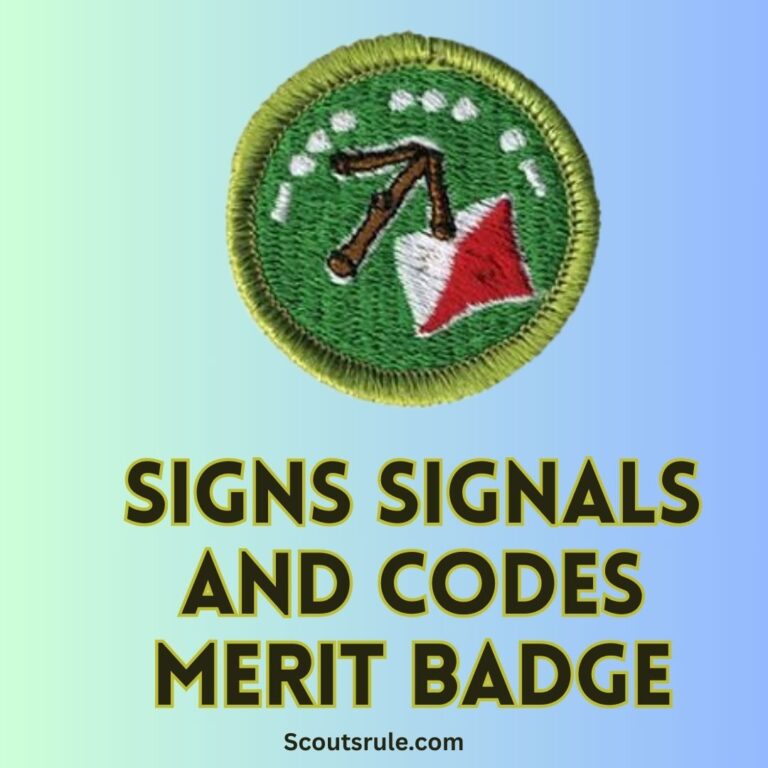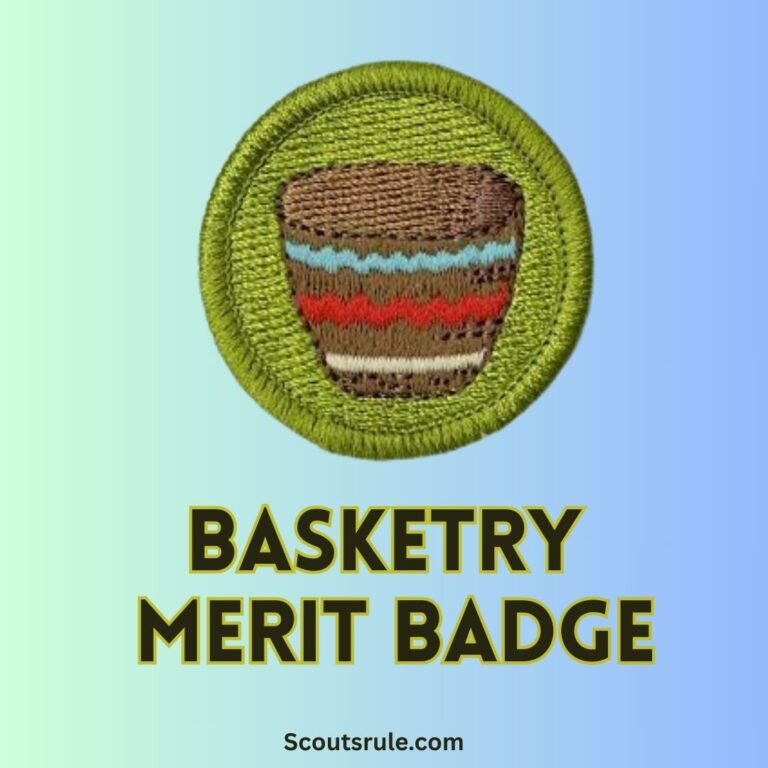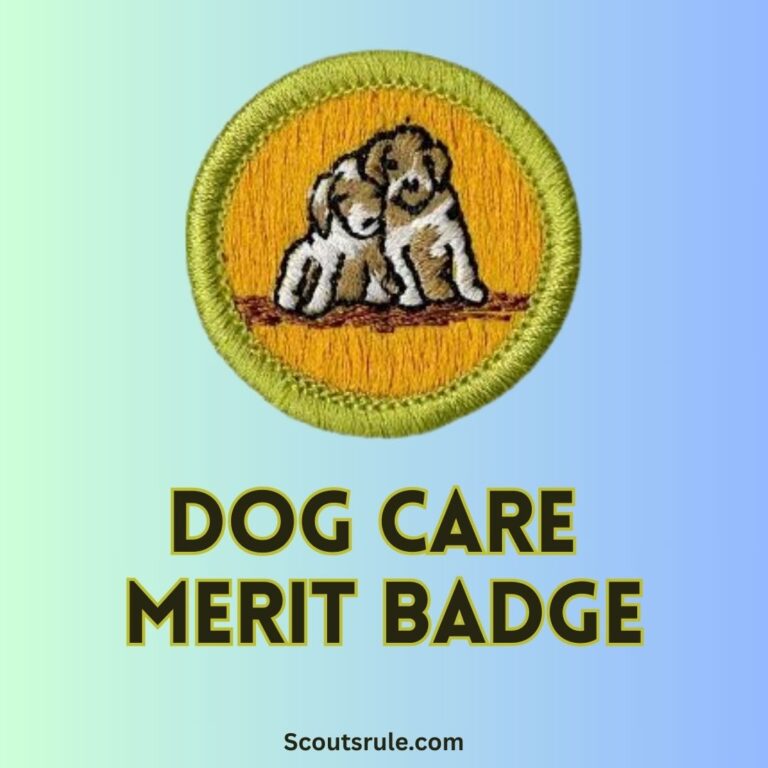
This guide is designed as an in‑depth study aid and project planner to help you explore the fundamentals of sportsmanship, physical fitness, and athletic ability—all while fostering the Scout spirit of teamwork, personal improvement, and responsible participation. Please note that this guide is meant to supplement the official Boy Scouts of America merit badge pamphlet. Always work closely with your merit badge counselor and refer to the current official guidelines to ensure your documentation and projects meet local council standards.
Post Contents
- Introduction: The Value of Sports in Scouting
- 2. Purpose and Objectives
- 3. Key Concepts of Sports Participation
- 4. Overview of Badge Requirements
- 5. Hands‑On Projects and Practical Activities
- 6. Documentation, Record Keeping, and Presentation Strategies
- 7. Additional Tips, Resources, and Future Connections
- Conclusion: Lifelong Lessons from the World of Sports
Introduction: The Value of Sports in Scouting
Sports are far more than casual competition—they represent a way to improve physical fitness, develop discipline, and build a sense of fair play and teamwork. For Scouts, the Sports Merit Badge is a chance to explore your athletic abilities, learn about injury prevention, and appreciate the principles of sportsmanship that can enrich both your personal life and your contributions within your troop and community. Whether you excel in team sports or prefer individual athletic pursuits, engaging in sports challenges you to set goals, overcome obstacles, and maintain a healthy lifestyle.
2. Purpose and Objectives
The Sports Merit Badge is designed to help you:
- Enhance Your Physical Fitness and Health Habits: Understand how consistent physical training, proper nutrition, and preventive care lead to long-term athletic success and robust well‑being.
- Learn About Sportsmanship: Develop qualities such as fairness, respect, and teamwork. Understand the role of leadership on and off the playing field.
- Recognize and Prevent Injuries: Identify common sports hazards—from sprains and strains to concussions and dehydration—and learn methods for preventing and responding to these injuries.
- Plan and Execute a Personal Training Program: Learn how to create structured training routines that include warm-up and cool-down routines, condition-specific drills, and recovery periods.
- Explore Opportunities in Athletics: Investigate how sports lead to career or volunteer opportunities in coaching, sports medicine, athletic training, or professional competition.
By advancing these objectives, you not only develop personal fitness and sports skills but also embody the Scout spirit of dedication, service, and continuous self-improvement.
3. Key Concepts of Sports Participation
3.1 Health, Fitness, and Training
- Fitness as a Foundation: Regular exercise, balanced nutrition, and consistent training improve endurance, strength, and flexibility.
- Personal Training: Whether you design your own workouts or join team practice sessions, focus on setting realistic goals, tracking your progress, and understanding your body’s signals (like fatigue or the need for hydration).
- Nutrition: Fuel your body with healthy foods and proper hydration. Understand the importance of vitamins, minerals, and how nutrition impacts athletic performance.
3.2 Sportsmanship and Teamwork
- Ethical Competition: Good sportsmanship means playing fairly and respecting opponents, teammates, officials, and the rules of the game.
- Teamwork: Many sports rely on cooperative effort. Learn how effective communication, shared roles, and mutual support translate into team success.
- Leadership: Exemplify qualities as both a teammate and a leader. Being supportive and encouraging can elevate the performance and morale of your entire group.
3.3 Safety and Risk Management
- Common Hazards: Recognize risks such as surface slips, collisions, overexertion, and heat-related issues.
- Preventive Measures: Learn proper warm-up and cool-down techniques, the importance of protective gear, and avoiding distractions during play.
- First-Aid Awareness: Get familiar with immediate responses to injuries like sprains, strains, muscle cramps, broken bones, and concussions.
4. Overview of Badge Requirements
While the official merit badge pamphlet provides precise details, here is an outline of the typical topics and tasks you might need to address:
4.1 Recognizing Common Sports Hazards and Injuries
- Identify Risks: Explain the most likely injuries or hazards you might face while participating in sports. Examples include strains, sprains, concussions, muscle cramps, and dehydration.
- Prevention and Safety: Discuss how to prepare for and avoid injuries through warm-ups, proper equipment use, and maintaining physical condition.
- First-Aid Knowledge: Demonstrate that you know basic treatment steps for common injuries—such as icing a sprain, notifying an adult about a concussion, and the appropriate techniques for addressing cuts or abrasions.
4.2 Maintaining Good Health Habits
- Physical Exam and Health Maintenance: Understand why periodic physical exams are crucial for an athlete’s health, and how to maintain good habits that prevent injury.
- Healthy Lifestyle: Explain the role of exercise, a balanced diet, and adequate rest in ensuring peak athletic performance. Address the negative impacts of tobacco, alcohol, and other harmful substances on your ability to play sports.
4.3 The Importance of Warm-Ups, Cool-Downs, and Conditioning
- Warm-Up and Cool-Down: Demonstrate and explain why these practices are essential for reducing injury risk and preparing your body for physical activity.
- Weight Training and Conditioning: Describe basic conditioning routines and discuss how they contribute to improved strength, endurance, and overall athletic performance.
4.4 Understanding Amateur vs. Professional Athletes
- Defining the Differences: Explain what constitutes an amateur athlete versus a professional one. Include discussions on training regimens, athletic sponsorship, and the differences in motivation and lifestyle.
- Traits and Attributes: Identify the qualities of a good athlete—such as discipline, teamwork, leadership, and consistent practice—and explain how these qualities contribute to both academic and personal success.
4.5 Planning and Following a Personal Training Program
- Developing a Program: With guidance from your counselor, establish a personal training program suited to the physical activities you participate in. Your program should incorporate warm-ups, conditioning, training drills, and cool-down periods.
- Documentation: Keep daily or weekly logs of your training sessions. Include details such as durations, exercises performed, progress notes, and reflections on areas for improvement.
4.6 Exploring Careers and Opportunities in Sports
- Career Research: Investigate sports-related careers such as athletic training, sports coaching, physical therapy, or sports management.
- Future Opportunities: Describe how the skills and experiences gathered through the Sports Merit Badge might help you in future educational or career endeavors.
5. Hands‑On Projects and Practical Activities
Practical experience is key to reinforcing your learning. Consider incorporating one or more of the following projects:
5.1 Designing and Implementing a Personal Fitness or Training Program
- Project Overview: Create and follow a structured training plan for a specific sport or general fitness. Include warm-ups, conditioning, sport-specific drills, and cool-downs.
- Documentation: Use a training log to record your progress, noting improvements, challenges, and how you adjusted your routine over time.
- Reflection: Write a brief report on how the training program improved your health and athletic abilities, and how it reflects responsible, disciplined practice.
5.2 Team-Building and Sportsmanship Demonstrations
- Project Overview: Organize or participate in a small sports event that teaches teamwork and good sportsmanship. This might include a practice game, a friendly competition, or role-playing scenarios highlighting ethical behavior.
- Documentation: Record your event with photos or videos, and write a reflective piece on how you and others displayed the qualities of per the Scout spirit in sports.
5.3 Simulated Sports Drills and Instruction Sessions
- Project Overview: Participate in simulated drills to practice injury prevention techniques (such as proper warm-ups, stretching, and recovery routines). You might also conduct a mock session on correcting common mistakes like improper posting or following too closely.
- Documentation: Present before-and-after observations, notes from instructors or teammates, and any measurable improvements in your performance.
6. Documentation, Record Keeping, and Presentation Strategies
Successful completion of the Sports Merit Badge requires careful documentation and reflection. Consider these strategies:
- Maintain a Detailed Training and Observation Journal: Record each practice session or sports event, including dates, locations, weather (if outdoors), and detailed observations about your performance and safety measures.
- Use Visual Aids: Take photographs and, if possible, videos of your training exercises, team interactions, and demonstration drills. Annotate your visual documentation with explanations.
- Assemble a Final Portfolio: Organize your journal entries, training logs, photos, and any written or digital reports into a binder or digital folder. Ensure it includes a table of contents and clearly labeled sections for each requirement.
- Prepare a Final Presentation: Create a slideshow or poster summarizing your sports activities, what you learned about safety, health, and teamwork, and how your personal training program evolved. End with a reflective summary of how sports have personally contributed to your growth.
7. Additional Tips, Resources, and Future Connections
Additional Tips
- Practice Regularly: Consistency is key. Regular practice helps solidify your fitness, refine your sportsmanship, and reduce the risk of injury.
- Engage with Mentors: Work with coaches, teammates, parents, or even local athletes to get feedback and learn advanced techniques.
- Stay Updated on Safety Guidelines: Keep up with the latest in sports safety, injury prevention methods, and first-aid procedures by reviewing reputable sources such as local health departments or athletic training websites.
- Reflect on Personal Experiences: Think about moments when sports challenged you or taught you valuable lessons in perseverance and teamwork.
Recommended Resources
- Official BSA Materials: Refer to the official Boy Scouts of America Sports Merit Badge pamphlet for detailed requirements.
- Books and Guides: Read training manuals or books on sportsmanship, injury prevention, and athletic conditioning. Public libraries and online resources such as digital booksellers offer many options.
- Websites and Videos: Explore websites like the American Council on Exercise (ACE), National Safety Council (NSC), or YouTube channels dedicated to defensive driving or sports training techniques.
- Local Workshops or Clinics: Attend community events, workshops, or school sports clinics that provide instruction on both fitness and sports safety.
Career Connections
Exploring sports through this merit badge can lead to a variety of future opportunities:
- Athletic Training and Coaching: Gain skills that might lead to certification as a coach or athletic trainer.
- Physical Therapy and Sports Medicine: Understand injury prevention and recovery methods that are useful in health care fields.
- Sports Management and Recreation: Learn the organizational and leadership skills needed to manage teams or recreational sports programs.
- Fitness and Wellness: Develop a lifelong passion for personal fitness that can translate into careers in health promotion and wellness coaching.
Research these career fields via interviews, online job profiles, and local career fairs to see how your experiences might translate into professional opportunities.
Conclusion: Lifelong Lessons from the World of Sports
The Sports Merit Badge is about more than physical activity—it’s an opportunity to cultivate skills in health, teamwork, and responsible athletic conduct that will serve you well both on and off the field. Through disciplined practice, careful planning of your training routines, understanding sports safety and health, and embracing the values of fair play and perseverance, you not only become a better athlete but also a stronger, more responsible individual.
As you compile your documentation and reflect on your journey, remember that the lessons of sports foster qualities such as resilience, respect for others, and continuous self-improvement. May these values guide you throughout your life and inspire you to be a positive influence in your community—both as a competitive participant and as a supportive teammate.
Happy training, play hard, and remain ever mindful of how good sportsmanship and personal responsibility build a foundation for a healthier, more united future!

Hi, Robin here, A former lead Scout and here I share my inspiring stories about USA Scouts, leadership, adventure, how to guides and more.






